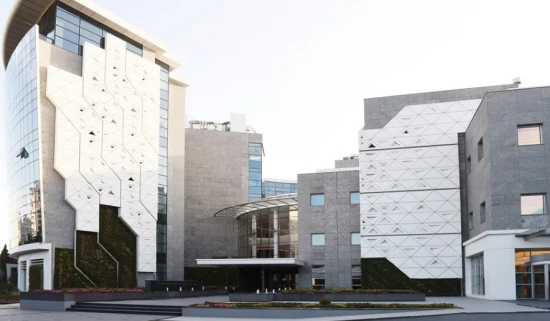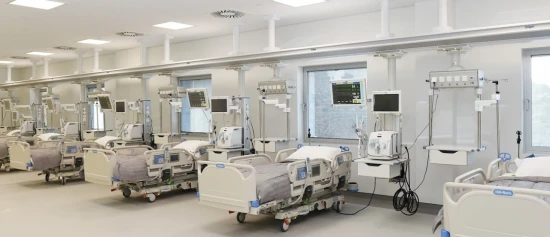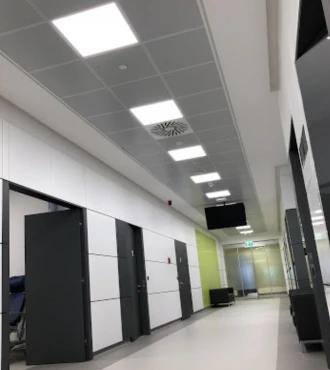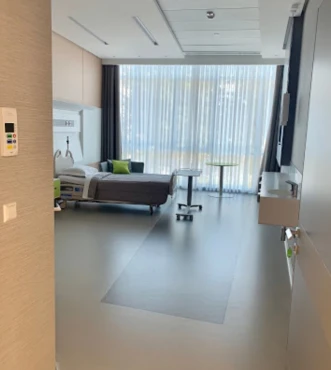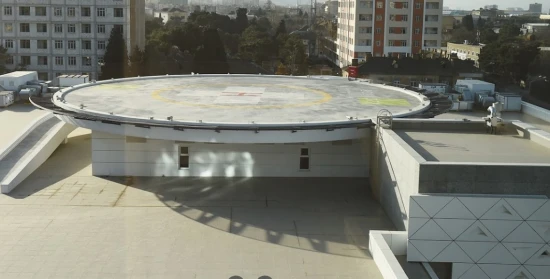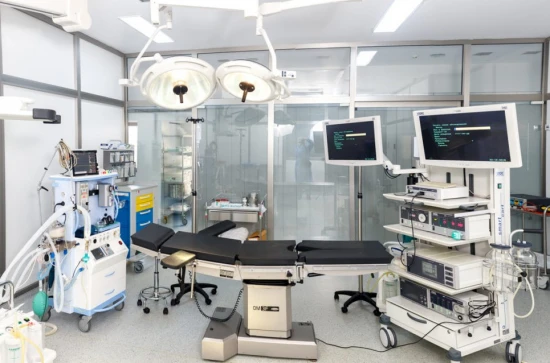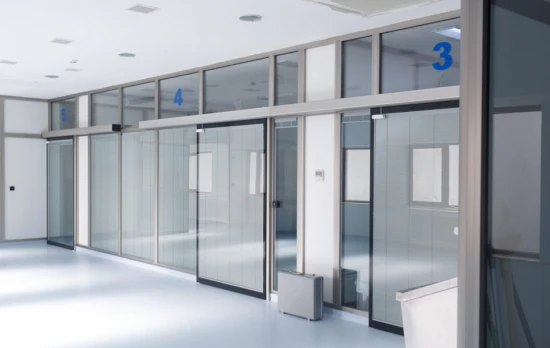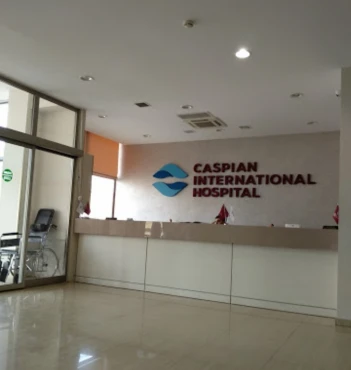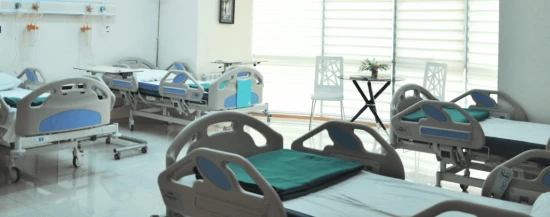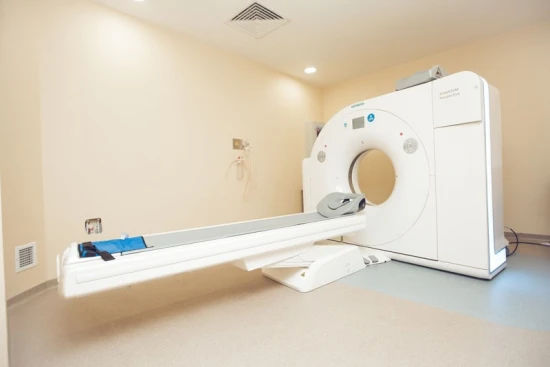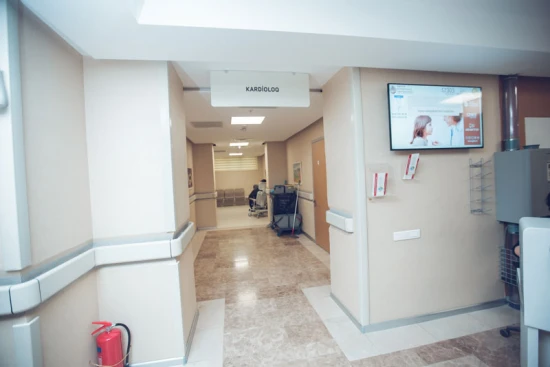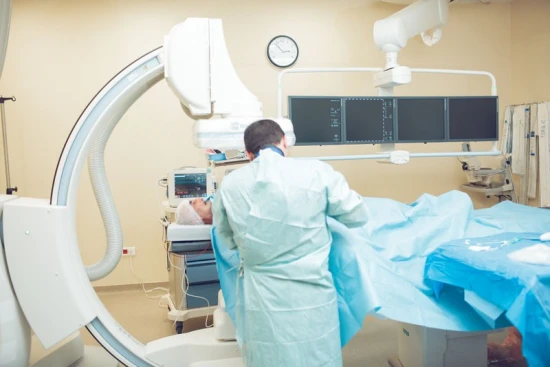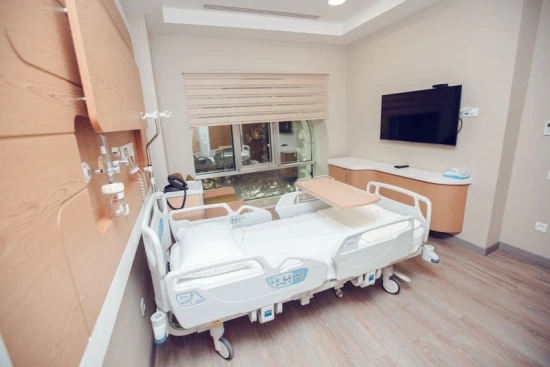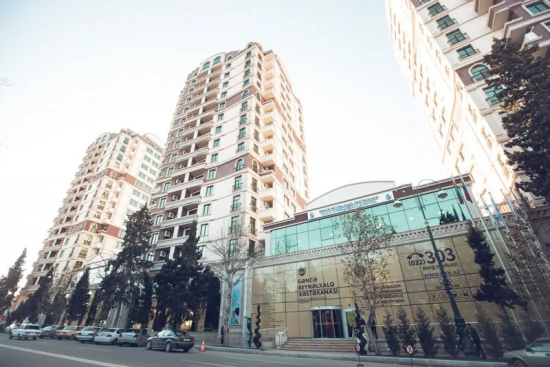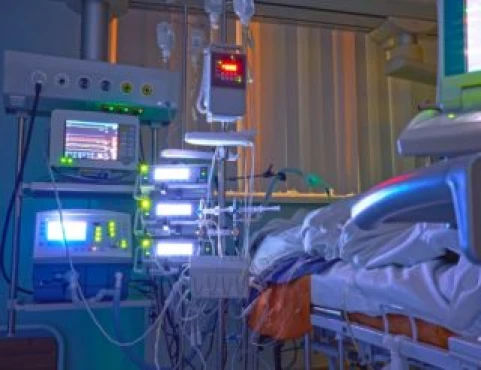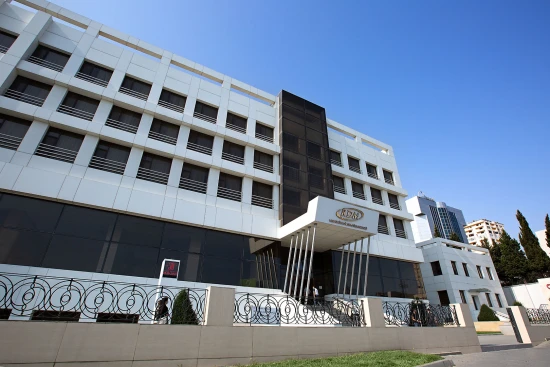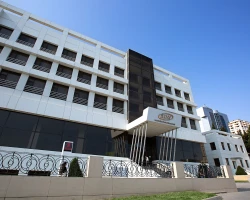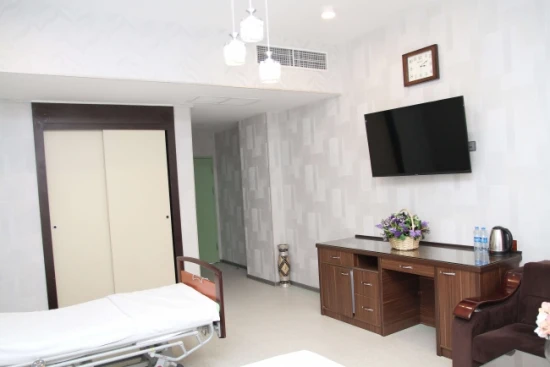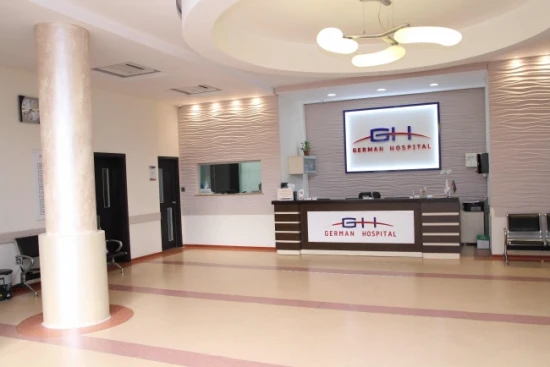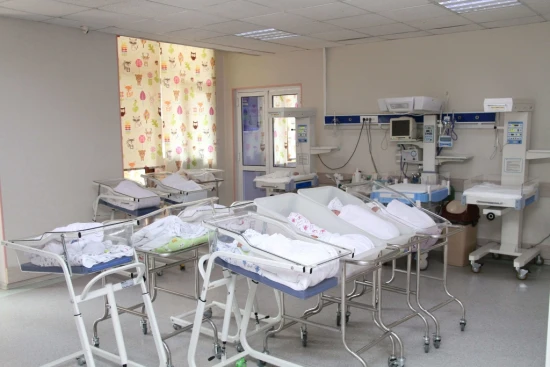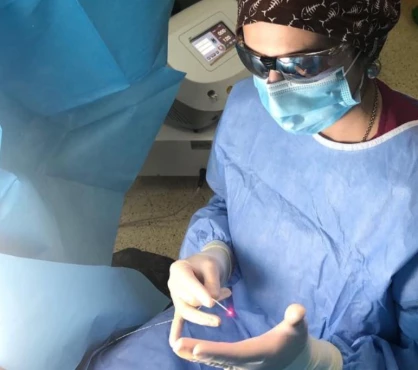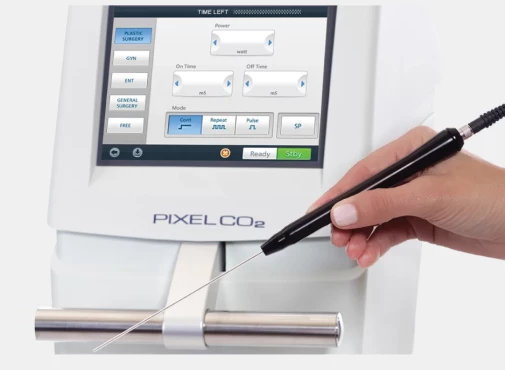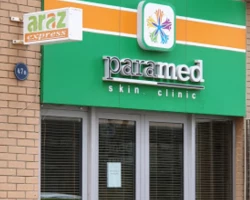Shoulder arthroscopy is a minimally invasive surgical procedure used to diagnose and treat problems within the shoulder joint. A small camera, called an arthroscope, is inserted through tiny incisions to allow the surgeon to view and repair damaged tissues, such as torn rotator cuffs, cartilage, or ligaments. This technique typically results in less pain and a faster recovery compared to open surgery.
Shoulder arthroscopy procedure, Atherosclerosis disease treatment in 3 clinics in Baku
3 clinics specializing in Cardiac surgery, Orthopedic surgery, and Vascular surgery providing
Shoulder arthroscopy
Shoulder arthroscopy is a minimally invasive surgical procedure used to diagnose and treat a range of shoulder conditions by inserting a small camera and instruments into the shoulder joint through small incisions to visualize and repair any damage.
Read more...
procedure, treatment of
Atherosclerosis
Atherosclerosis is a progressive disease where plaque builds up inside the arteries, leading to narrowing and hardening of the arteries. It can cause reduced blood flow, chest pain, heart attacks, strokes, and requires lifestyle changes, medications, and interventions to manage.
Read more...
disease in Baku.
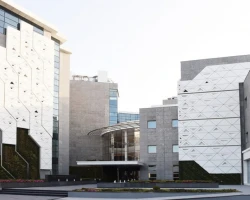


4 nearby similar clinics in Azerbaijan
Perhaps you should consider 4 more clinics we have found nearby basing on your Location, Disease, Procedure filters applied.

Procedure price distribution in Baku
Shoulder arthroscopy:
Procedure prices in popular countries:
Shoulder arthroscopy:
Countries with the highest number of clinics offering the procedures treatment:
Shoulder arthroscopy:
Clinics grouping by rating
Clinic with the highest rating of 4.8 — Liv Bona Dea Hospital in Baku, Azerbaijan, clinic with the most reviews number of 86 — Caspian International Hospital in Baku, Azerbaijan.
With rating from 3.0 to 3.9 — 1 clinic.
With rating 4.0 and over — 2 clinics .
Countries with the highest number of clinics treating the diseases:
Atherosclerosis:
Related procedures:
Atherosclerosis - Overview
Atherosclerosis is a condition where fatty deposits, or plaques, build up in the arteries, leading to narrowed and hardened blood vessels. Symptoms can vary and may include chest pain, shortness of breath, or even none until a serious event like a heart attack or stroke occurs. Treatment typically involves lifestyle changes, medications to lower cholesterol and blood pressure, and procedures to improve blood flow, such as angioplasty or stenting.
- Isabella Gonzalez, M.D.
